

There is an annual traditional gathering in my high - school class. When Teachers' Day is approaching, classmates will invite those teachers who are so intertwined with our youth and are almost like mascots to have a happy get - together. The gathering is always full of joy. Since it's a big one, there is often a grand toast - giving session. As the monitor, I am entrusted with the important task of making the opening remarks. However, being unfamiliar with the wine - table culture, I am always extremely nervous and don't know how to make my words solemn and add luster to the occasion. Every time I review the situation, I always feel that I have let down the daily training of my lawyer profession.
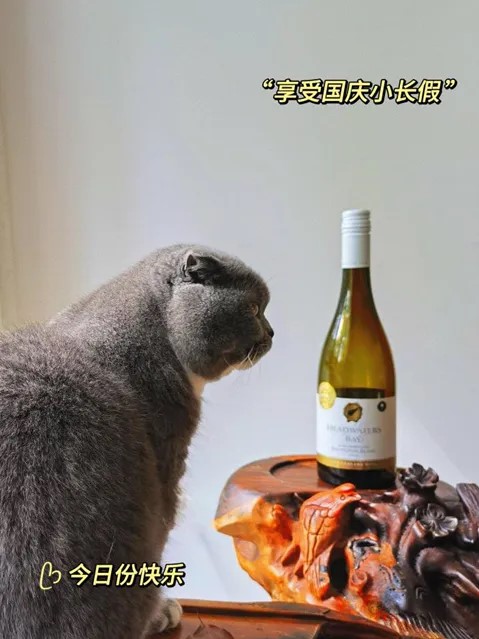
You know, as a lawyer, especially a litigation lawyer, "eloquence" should be a basic skill, whether it's out of self - requirement or public expectation. Especially in this era of self - media, some people even claim that lawyers can't over - promote themselves. Various seminars and sharing sessions inside and outside the legal profession, as well as short - video marketing by individual lawyers, have made it urgent to figure out how to maximize the advantage of lawyers' "eloquence". In this regard, the book "Eloquent Advocacy: Persuasive Speaking for Lawyers" provides good empirical guidance. The authors of this book, Brian K. Johnson and Marsha Hunter, are both legal - profession communication consultants and experts in the United States. They specialize in teaching communication skills and improving lawyers' advocacy skills at the National Institute for Trial Advocacy (NITA), the Department of Justice, law institutes and multiple bar associations in the United States. It's worth noting that neither of them is a legal professional.
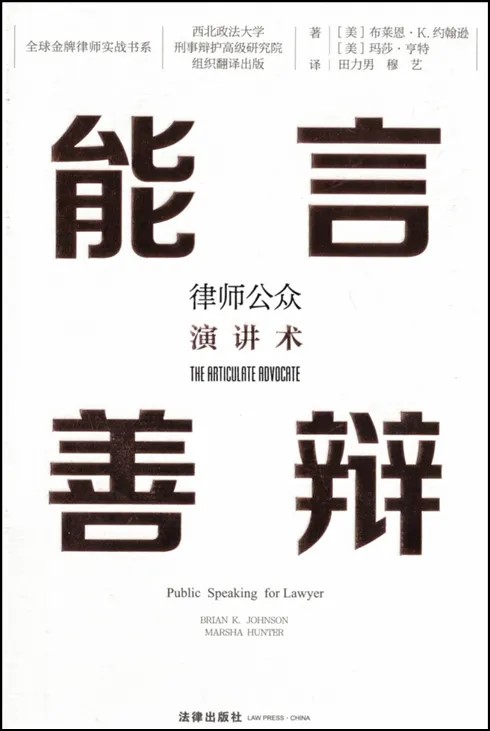
What sets this book apart from many others that teach public - speaking skills is that the content it shares is more practical and straightforward. It ranges from understanding the body, brain, and voice to how to practice, guiding readers from knowing what to do to understanding why, thus achieving the goal of acquiring the "eloquence" skill. Personally, I find the most interesting part is that this book introduces basic hand gestures for public speaking, aiming to make body language appear natural, which is of great practical significance. For example, Figure 1 - 1 shows the gesture of "holding one's own hands". This is a good "ready - to - go" movement, especially helpful for extremely nervous speakers. It's more stable than holding a pen or other items. I've tried it myself and can confirm that it's true.
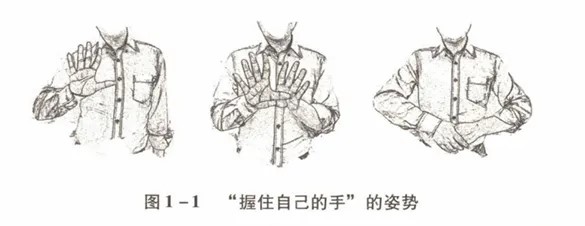
At the same time, natural gestures are supported by the "3R" theory (Figure 1 - 2), which includes "Ready", "Release", and "Relax". The rotation of these five natural gestures makes the movement changes smoother and gives a more comfortable self - feeling.
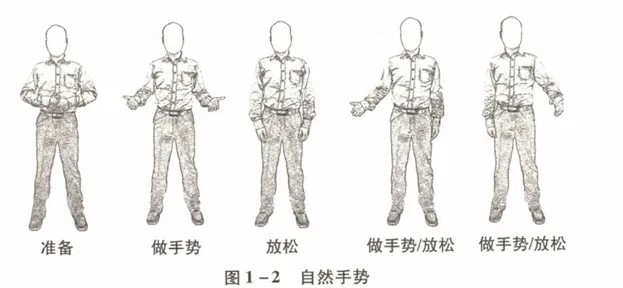
Once your hands are in the ready position, you should consciously make gestures. There are three commonly used gestures in conversations (Figure 1 - 3). Among them, the "presentation" with the palm helps to present facts or arguments to the audience, or convey a sense of inquiry. The "vertical chop" can enhance the expressiveness of your words and emphasize your point of view. The "display" can assist the audience in understanding the described content in a visual - aid way.
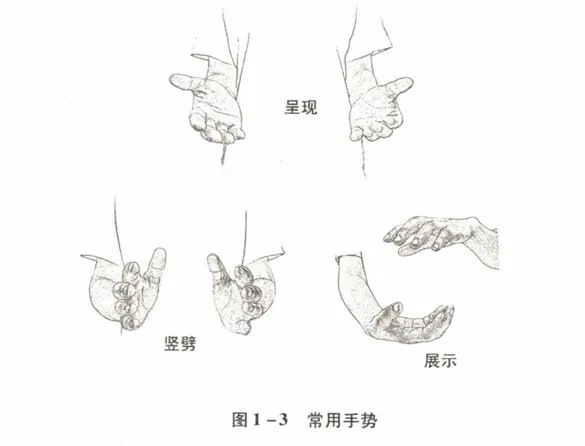
Don't you feel that after introducing the above "3R theory" ("Ready", "Release", and "Relax") and the application of the three gestures ("Presentation", "Vertical Chop", and "Display"), your instinct for making gestures will be stimulated, enabling you to perfectly meet the challenges we face when speaking in public? Therefore, the advantages of this book are self - evident. As for lawyers who are constantly experimenting on the short - video track, this book also lists a "Video Self - review Checklist" in detail, covering aspects such as feet and stance, knees and hips, breath support, gestures, facial expressions, and eyes. This helps everyone evaluate their performance in short videos and thus make effective improvements.
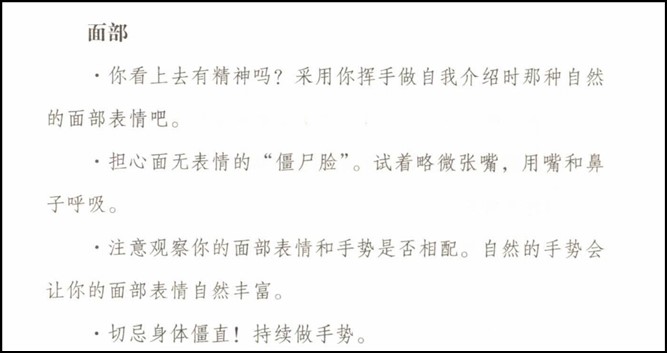
Of course, no pains, no gains. All skills require diligent study and arduous practice. Only through persistent practice can our bodies develop muscle memory and turn these skills into instincts. By then, achieving proficiency in "eloquence" will be within reach. Certainly, returning to the wine - table culture mentioned at the beginning of this article, apart from on - the - spot expressiveness, text preparation is also of great importance. However, for me, figuring out how to prepare a decent toast that combines both vulgarity and elegance remains a mystery. That is, until one day when I attended a lively gathering of teachers and students in Shandong. Only then did I get to experience the etiquette of the land of Qi and Lu. The wine - table culture regarding the main host and assistant host vividly revealed the "eloquence" within the wine culture. So, life is the best instructor. What the workplace fails to teach us, life will. Let's grow gradually together.
